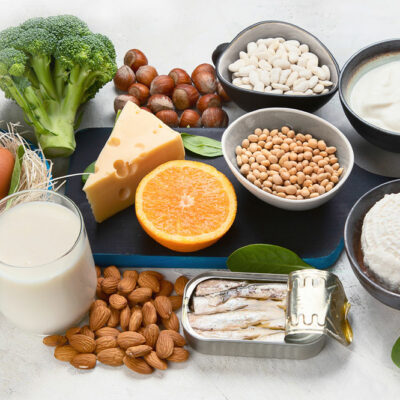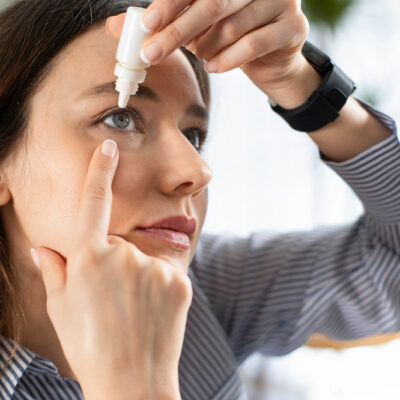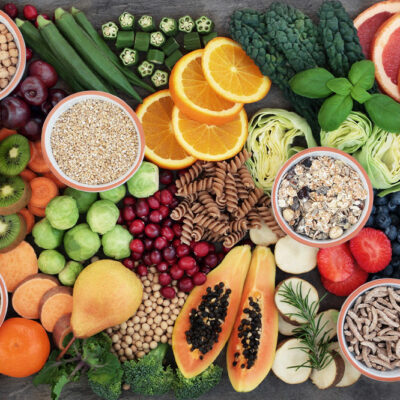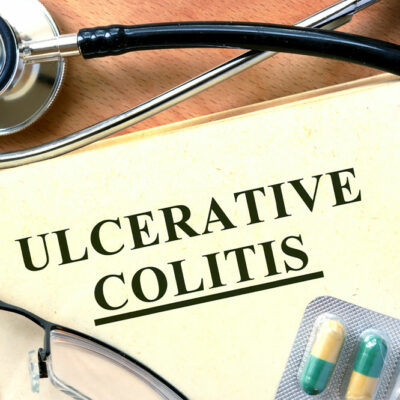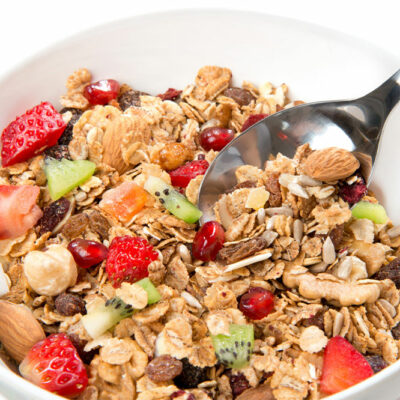
Health
How to Manage Nutrition for Colon Cancer
The cancerous development that begins in the colon or large intestine is known as colon cancer. It is usually found among adults, but it can occur at any age. The symptoms of colon cancer typically begin as small, noncancerous clumps. These are known as polyps that form on the inside of your colon. Colon cancer is treatable; doctors usually prescribe surgery, radiation therapy, and medication treatments, such as chemotherapy, targeted therapy, and immunotherapy. Food regime before and after treating colon cancer Eating a healthful, nutritious diet is one of the best ways you can prepare for and recover from colon cancer treatments. 1. Nutritional needs during colon cancer People with colon cancer or cancer generally have increased nutrient needs. This includes an increased need for total calories and protein. In addition, consuming a nutrient-dense diet helps support your health and keeps your immune system as strong as possible. It’s always important to work with your doctor or dietician to develop a dietary plan that works best for your specific health status and needs. 2. What to eat and drink before surgery It always depends on the diet plan specifically shared by your doctor as well as a dietician. Based on your suggested diet plan, you can make necessary modifications as per your liking.
Read More 